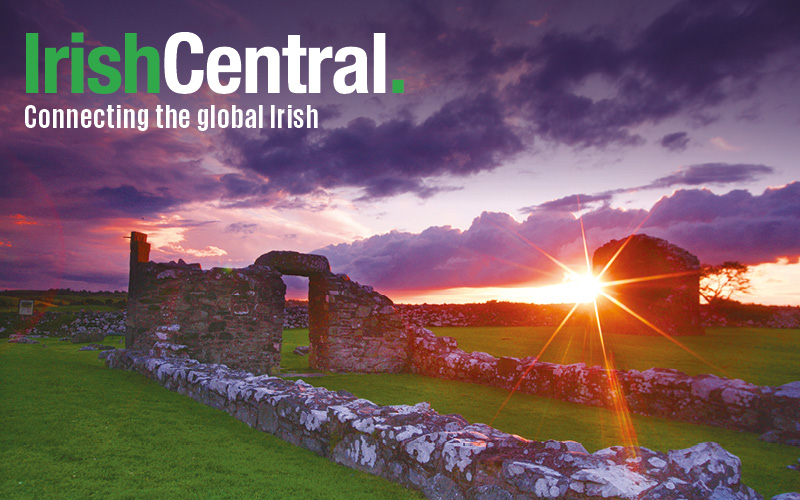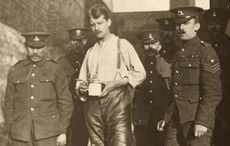Researchers from the Universities of Southampton and Bristol have suggested that large amounts of gold were exported to Ireland from Cornwall between the 22nd and 18th centuries BC.
The researchers studied the chemical compositions of 50 gold artifacts through a technique called laser ablation mass spectrometry to determine the likely origin of the gold used in ancient Irish artifacts. The artifacts included basket ornaments, plaques and necklaces from the collection at the National Museum of Ireland.
By comparing isotopes of lead with other samples from around the world, the researchers determined that the gold in the Irish artifacts didn’t come from Ireland and was most likely exported from England.
Lead author of the study, Dr. Standish of the University of Southampton, told The Independent.co.uk that, “This is an unexpected and particularly interesting result as it suggests that Bronze Age gold workers in Ireland were making artefacts out of material sourced from outside of the country, despite the existence of a number of easily-accessible and rich gold deposits found locally.”
“It is unlikely that knowledge of how to extract gold didn't exist in Ireland, as we see large scale exploitation of other metals,” he continued, pointing to the strong possibility that there were other factors driving the importation of gold.
Although they cannot be exactly sure, researchers are safely assuming the imported gold was viewed as "exotic"and, therefore, more valuable.
The team discovered that in Bronze Age Cornwall, tin, a main component in the production of bronze, was collected via rivers rather than mining. Gold can be a byproduct of river-tin collecting and this seems to be what happened in the Cornish rivers.
Dr. Standish explained that, “The available evidence strongly suggests that in Bronze Age Cornwall and west Devon, tin wasn't obtained through mining, but was instead extracted from the area's rivers, probably through panning or sluicing systems,” adding that, “...as well as finding tin in the sand and gravels of the streams and rivers, they also found gold.”
The team estimates that 440 lbs (200 kg) of gold was collected in Cornish rivers during the Bronze Age, making the area the site of one of the world’s first gold rushes. Furthermore, it would appear that the people of Cornwall and Devon took to trading that gold to Ireland.
Dr Standish explained that, “'Perhaps what is most interesting is that during this time, compared to Ireland, there appears to be much less gold circulating in Cornwall and southern Britain.”
“This implies gold was leaving the region because those who found it felt it was of more value to trade it in for other 'desirable' goods - rather than keep it.”
The recent research suggests that the gold was potentially used for mostly religious purposes. Many crescent shaped breast plates have been unearthed, potentially signs of worshiping the sun god or used as part of religious leaders’ uniforms. Gold artifacts were also buried in peat bogs, most likely as an offering to the gods.
Archaeologists are still working on gathering evidence of gold trade activity in Britain and throughout Europe in order to gain a deeper understanding of the world during the Bronze Age.
H/T: Independent.co.uk.




Comments